Pocket Camera on the Easy Pass Trail
Last Saturday I made a trip up the North Cascades Highway to scout out locations to take my Pocket Camera Wildflower Photography class at North Cascades Institute on Tuesday. The trail I used the last time I taught the class, Heather Pass and Maple Pass, was reported to still have a lot of snow. So I chose the Easy Pass trail, which climbs reasonably gently for a couple of miles through wonderful forest and then breaks out into the subalpine and alpine splendor.
Since I was teaching pocket camera photography, I only carried my Canon S70 with me to photograph the flowers. My idea was to create a video slideshow to introduce my students to the trail they’d be hiking and to show what can be done with little cameras.
The class has now come and gone, with 15 delightful students who learned a lot. I learned from them, too. The North Cascades Learning Center on Diablo Lake is a great place to have a class, with comfortable facilities, a splendid setting, and outrageously good food. The evaluations are coming in and they’re looking good. I hope to be able to teach the class again next year.
In addition to hiking to Easy Pass, we also hiked and photographed on Sauk Mountain, one of my all-time favorite easy-access wildflower hikes. Following our Tuesday hike and photo session everyone chose three favorite images and we had a group critique with their photos on the big screen. Some of the students had some very nice photos to share.
The slideshow was created in ProShow Producer, a Windows-only program. I used the random effects tool, and then manually adjusted image movement and transitions when the auto feature produced something that I didn’t like. All the images were processed in Adobe Lightroom 3 before bringing them into Producer.


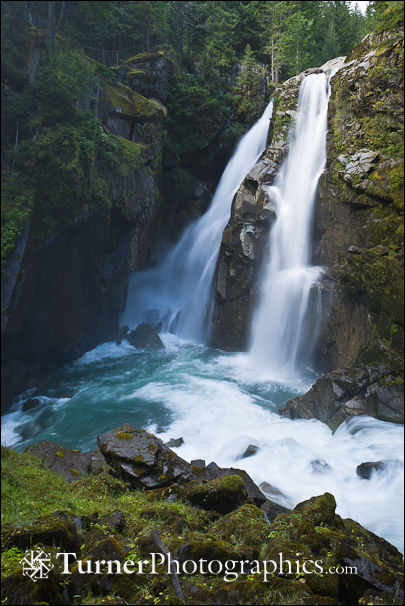 Nooksack Falls is a popular tourist destination along the Mount Baker Highway just a few miles east of the tiny town of Glacier, Washington. The usual vantage point is from the north side of the river and at the top of the falls. There’s a stout fence to keep people from accidentally falling off the cliff and to discourage people from getting too close to the edge.
Nooksack Falls is a popular tourist destination along the Mount Baker Highway just a few miles east of the tiny town of Glacier, Washington. The usual vantage point is from the north side of the river and at the top of the falls. There’s a stout fence to keep people from accidentally falling off the cliff and to discourage people from getting too close to the edge.
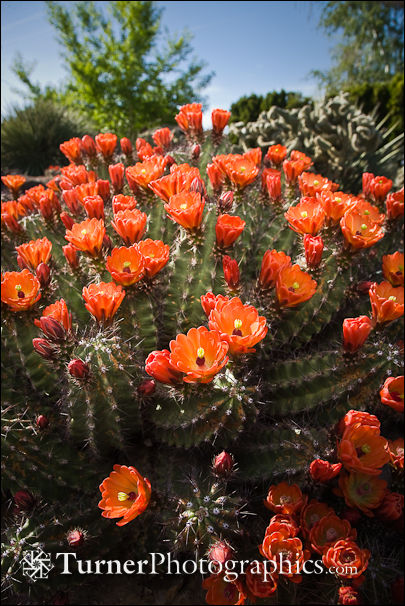 Last weekend I made a 1000-mile road trip to see a bunch of plants. Most were in the wild, but I stopped in Yakima to see my friend Ron McKitrick’s
Last weekend I made a 1000-mile road trip to see a bunch of plants. Most were in the wild, but I stopped in Yakima to see my friend Ron McKitrick’s 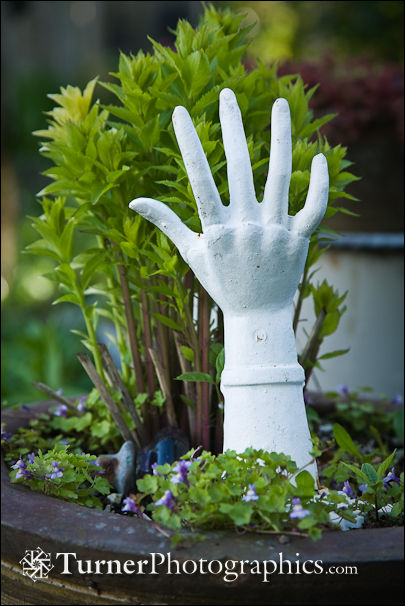 A week or so ago one of the garden magazine editors I work with regularly sent an e-mail saying she was looking for photos of gardens with flea market stuff in them for a story. A couple of days later she wrote again, saying they were going to do a whole special magazine on the subject. I searched my files and put together a preview gallery for Diane, and then got to work trying to find some new material.
A week or so ago one of the garden magazine editors I work with regularly sent an e-mail saying she was looking for photos of gardens with flea market stuff in them for a story. A couple of days later she wrote again, saying they were going to do a whole special magazine on the subject. I searched my files and put together a preview gallery for Diane, and then got to work trying to find some new material.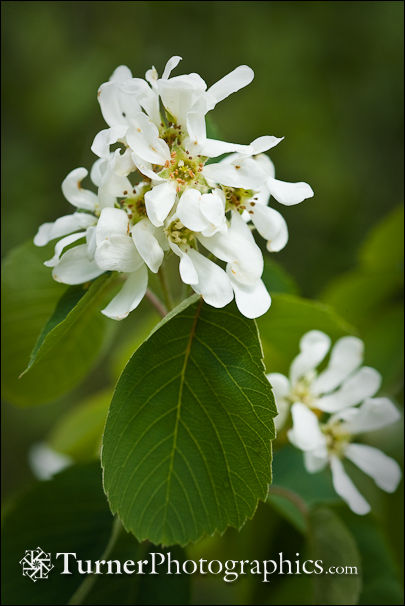 Try saying the title three times fast. If you’re not up on your botanical Latin maybe the words don’t quite roll off your tongue.
Try saying the title three times fast. If you’re not up on your botanical Latin maybe the words don’t quite roll off your tongue.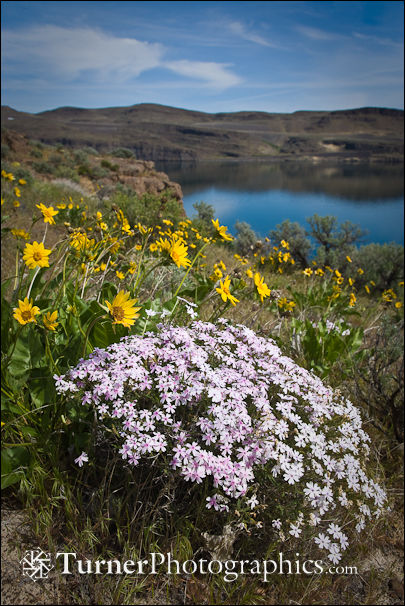 A couple of weeks ago I was over to Ellensburg for the semi-annual board meeting of the
A couple of weeks ago I was over to Ellensburg for the semi-annual board meeting of the